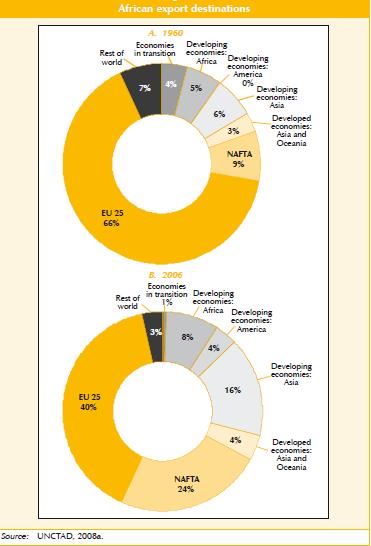Jagdish Bhagwati calls for a truly independent commission of experts to scrutinize each financial innovation’s potential downside. He terms the back-and-forth appointment of bigwigs from the Wall Sts to Treasury department and then again to the Wall Sts a “Wall Street-Treasury Complex”. Nice naming there!
When the dust has settled, we must ask the question: why did this crisis occur? There are specifics that are not applicable everywhere. The crisis was, for example, kicked off by highly leveraged lending for uncreditworthy mortgages by the quasi-governmental Freddie Mac and Fannie Mae. But the problems became huge because “policy innovations” had been racing ahead of comprehension. The securitisation of mortgages was an innovation that led unwittingly to what Wall Street calls “betting the company”. Credit-default swaps allowed AIG to bring in huge returns but at high risk if things went wrong, which they did.
The Long Term Capital Management crisis had a similar problem. At its heart were derivatives that no one quite understood. …The downside had not been anticipated.
The failure to think about the downside results from what I call the “Wall Street-Treasury Complex”. Robert Rubin went from Goldman Sachs to the Treasury and back to Citigroup. Hank Paulson went from Goldman Sachs to the Treasury and will doubtless return also to Wall Street. This network shares the optimistic scenarios that Wall Street spins. Mr Rubin was in charge of the Treasury during the Asian financial crisis, whereas Mr Paulson was among the five major investment banking chief executives who persuaded the Securities and Exchange Commission not to extend prudential reserve requirements to their companies.
The question is: how can you assess the downsides without first letting the innovation play into real economy? If something is an innovation, then it is a new thing, which essentially means that even the innovator is not fully aware of its full potential or risks or downsides. The innovator can argue that the innovation will work by showing high degree of success (i.e. the probability of success might be pretty high). But this itself is not fully guaranteed because no one can test innovation against unexpected circumstances or yet-to-be-known risks. The best way to assessing downsides of an innovation would be to periodically review its impact on the economy—this means that you cannot test an innovation beforehand because you don’t know the set of circumstances under which it will not work (the innovator might have an idea of the set of circumstances where it can work, but he or she cannot list the full elements of the set). But having a regulatory authority that can assess risks beforehand is a good idea. We are yet to have one of these things in the world! Anyway, thats it for now. Its getting too late. Time to go to bed!
